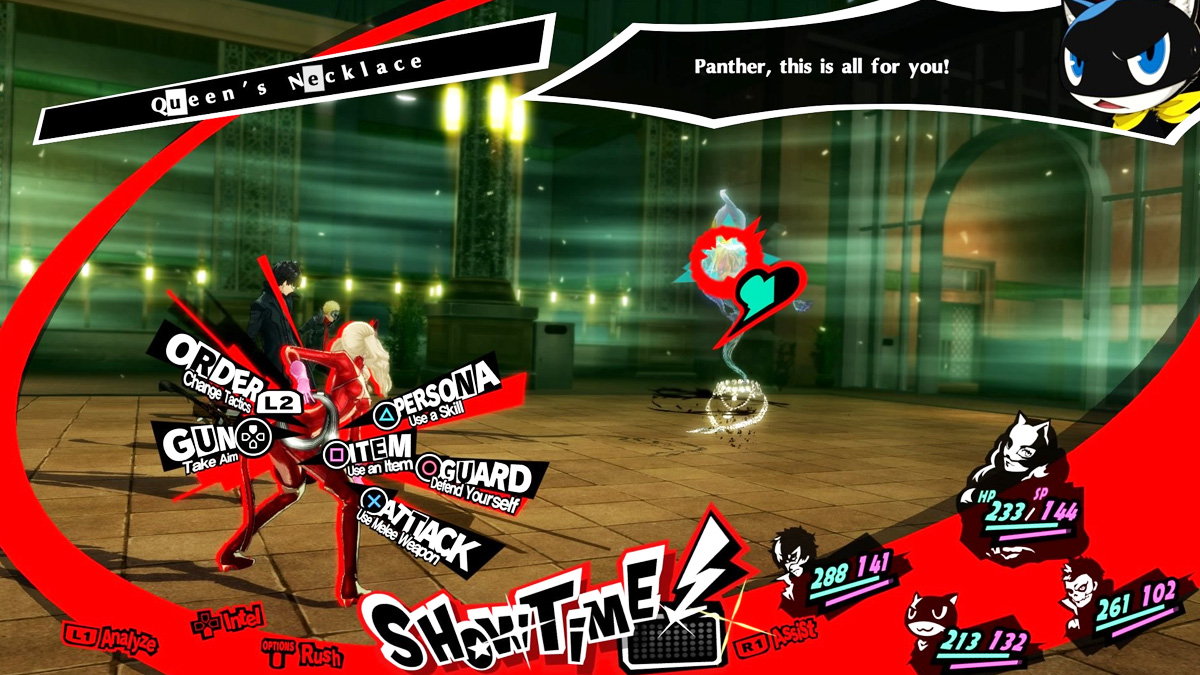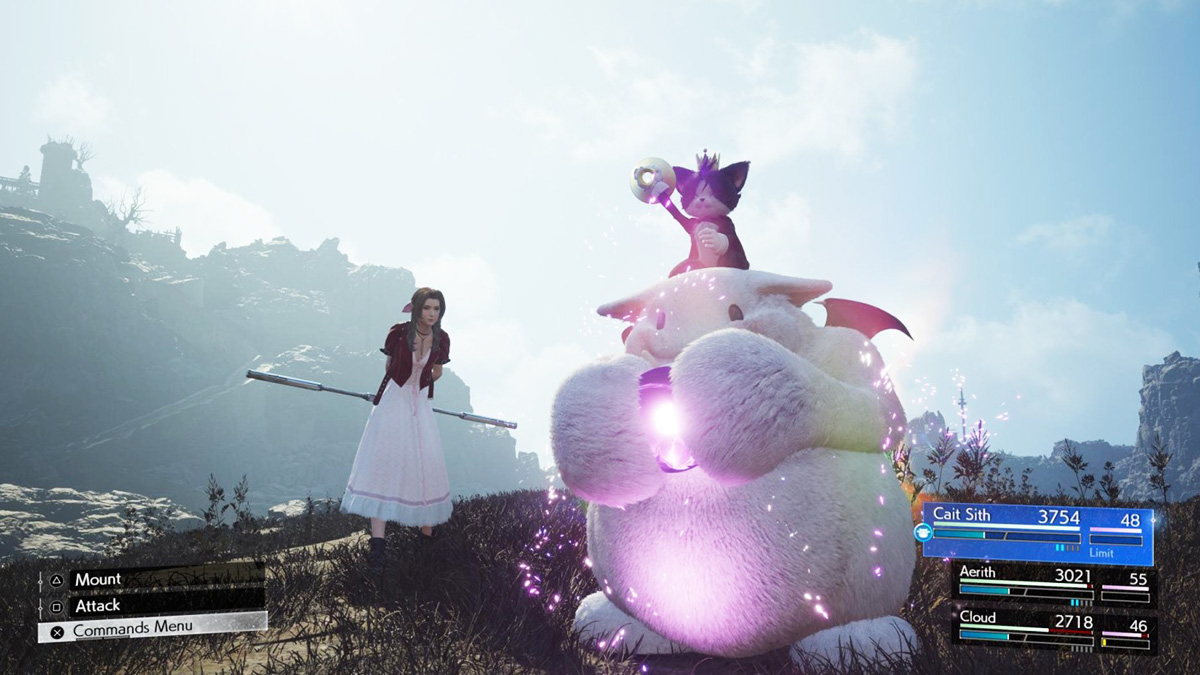Turn-based combat is one of the oldest forms of battle in video games. Decades later, genres like the RPG still use turn-based combat effectively, so why has it stood the test of time?

The iconic combat system originated in pen-and-paper RPGs like Dungeons & Dragons. When making the first RPG video games, translating the turn-based system was a natural choice for developers. It circumvented many technical issues, as the system was basically all math. You didn’t need to see characters or really anything at all, but it still offered complexity and depth.
However, as the video game industry grew in popularity, so did the technical capabilities of games. Now, there are plenty of ways to portray combat in real-time effectively. Despite there being more advanced alternatives available, we still have many games released that are turn-based. This is because the combat system still offers a unique depth.
Once again, the system is, at its core, all math. This means difficulty comes from how well you’ve prepared and understood the mechanics. Players are rewarded for how they’ve distributed their equipment and abilities. While many real-time games offer similar preparation and planning, they also incorporate a human execution component.

This is why turn-based games can have incredibly consistent speedruns. You can set up things so precisely because human ability is far less important than planning and, in some cases, luck. Personally, it is this, at the end of the day, that has gamers still interested in the combat system.
How has turn-based combat evolved?
Some mainstays like Final Fantasy have moved on from turn-based combat, opting for more action-oriented gameplay. First, they moved to the ATB system, which sped up turn-based combat and gave it some tension. Slowly, this has evolved into the full real-time action gameplay seen in Final Fantasy XVI.
Other franchises like Dragon Quest and Shin Megami Tensei have held onto turn-based combat. Even modern games with turn-based combat offer quirks and mechanics to make things fresh. The Press Turn system in the Shin Megami Tensei series is the best example of this. You gain or lose turns based on your attack’s effectiveness on enemies (and vice versa).
This adds another layer of strategy and planning to combat that the turn-based system promotes. Another frequently used quality of life enhancement is viewing the turn order. Many games, like the Trails series, allow you to view upcoming turns and manipulate them with attacks and abilities.

While some argue combat can become repetitive, luckily, many modern games are offering “auto battles” to remedy this. These titles are also built around not having to grind nearly as much as older games in the genre. However, I personally think grinding is worth it once you get past a major boss and exect planning out your fight.
This is how turn-based combat has survived into the modern day. Through evolving and adding enhancements that accent the pace and strategy of the system. While I know it’s sometimes thought to be outdated, I personally find turn-based combat to be my favorite. I think the level of planning and detail that goes into fights, especially major fights, is just unparalleled to something in real-time.
How do you feel? Do you still think turn-based combat works in the modern day?